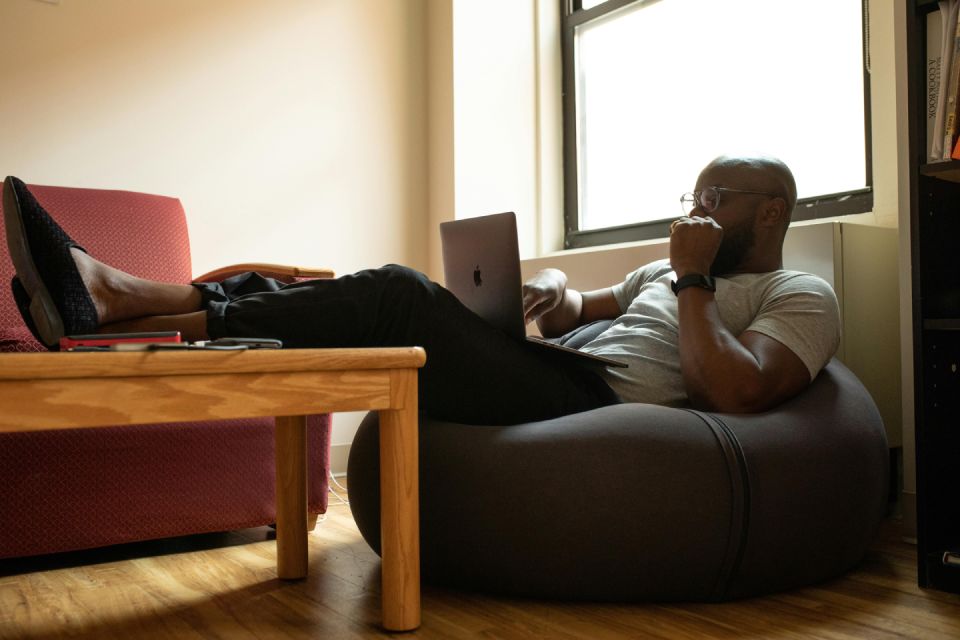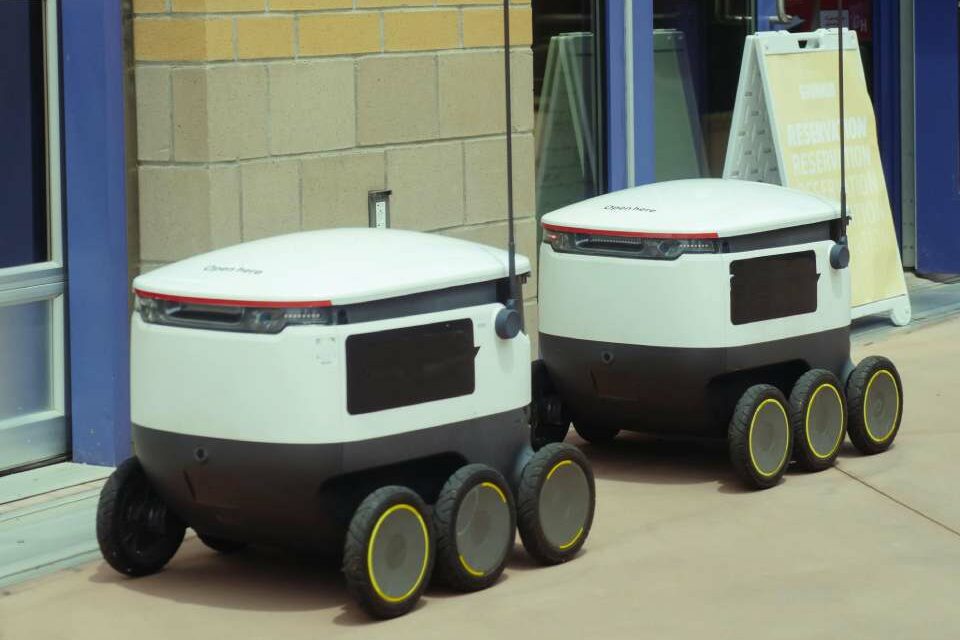With Amazon recently implementing a full return to office mandate, coupled with a recent study finding that London lags behind other international business centres regarding bringing employees back to the office, how do businesses encourage their staff to divorce their beloved work-from-home routines? Especially older and more senior staff would rather work from home…
Savoy Stewart examined the data to analyse which Londoners are reluctant to return to the office, and how businesses can design their office to be more appealing to these demographics.
Key findings of the why staff would rather work from home
- London is the only city where there is a negative age gradient for office attendance, with the youngest workers coming in the most and older workers the least.
- 43% of 18 to 24-year-olds say they work best in the office, compared to just 25% at home. At the other extreme are those aged 55+, of whom only 29% work best in the office, versus 36% at home.
- Even without any obligation to return to the office, workers would still choose to do so, with surveyed employees generally reaching a consensus of just under a day per week across all cities
How can businesses use office design to entice their workforce back?
1. Forget the ping pong tables and beer taps – forget the gaudy office decorations and ‘fun’ features if you want to entice senior employees back to the office, as 35% of the UK’s workforce listed a comfortable seating area as their top design priority. Whether it’s for taking a break, or making 1:1s a more casual affair, creating space away from desks and meeting rooms should remain a priority for UK businesses.
2. Don’t fake it till you make it – artificial lighting and fake plants aren’t fooling your team, and when the option is between working from home in an environment of choice versus working in an office steeped in harsh overhead lighting, working from home usually wins every time. Make the most of natural light, and ditch the artificial grass and fake flower walls, as 27% of UK employees would prefer to have living plants in their office space.
3. Curate zen – strip your office back, keep it minimalistic and free of clutter. Opt for nature-inspired elements and natural decor to cultivate a sense of zen even amid the busiest of workdays. Self-care elements were especially popular among those surveyed such as a quiet area for reading during breaks (18%) and a cosy area to take a nap (16%).
4. Incorporate company values and branding – given the fact that senior workers have taken a more individualistic stance and work from home in accordance with their own preferences, drawing on company values and branding that position them as an instrumental part of the team can be an effective way of incentivising them to return. Consider having your company values demonstrated in the interior design of the office, for example through wall murals or images, or if one of your mantras is ‘knowledge sharing’, dedicate key areas for seniors to mentor juniors.
5. Make it ergonomic- while open plan offices are typically favoured, what your workforce truly desires is the opportunity to choose between communal working for facilitating collaboration, and more private spaces that allow them to preserve the focus time that they’d typically receive in their home office. Incorporate clearly signposted breakout spaces for privacy, as well as collaboration areas for work and training better conducted as a team.










